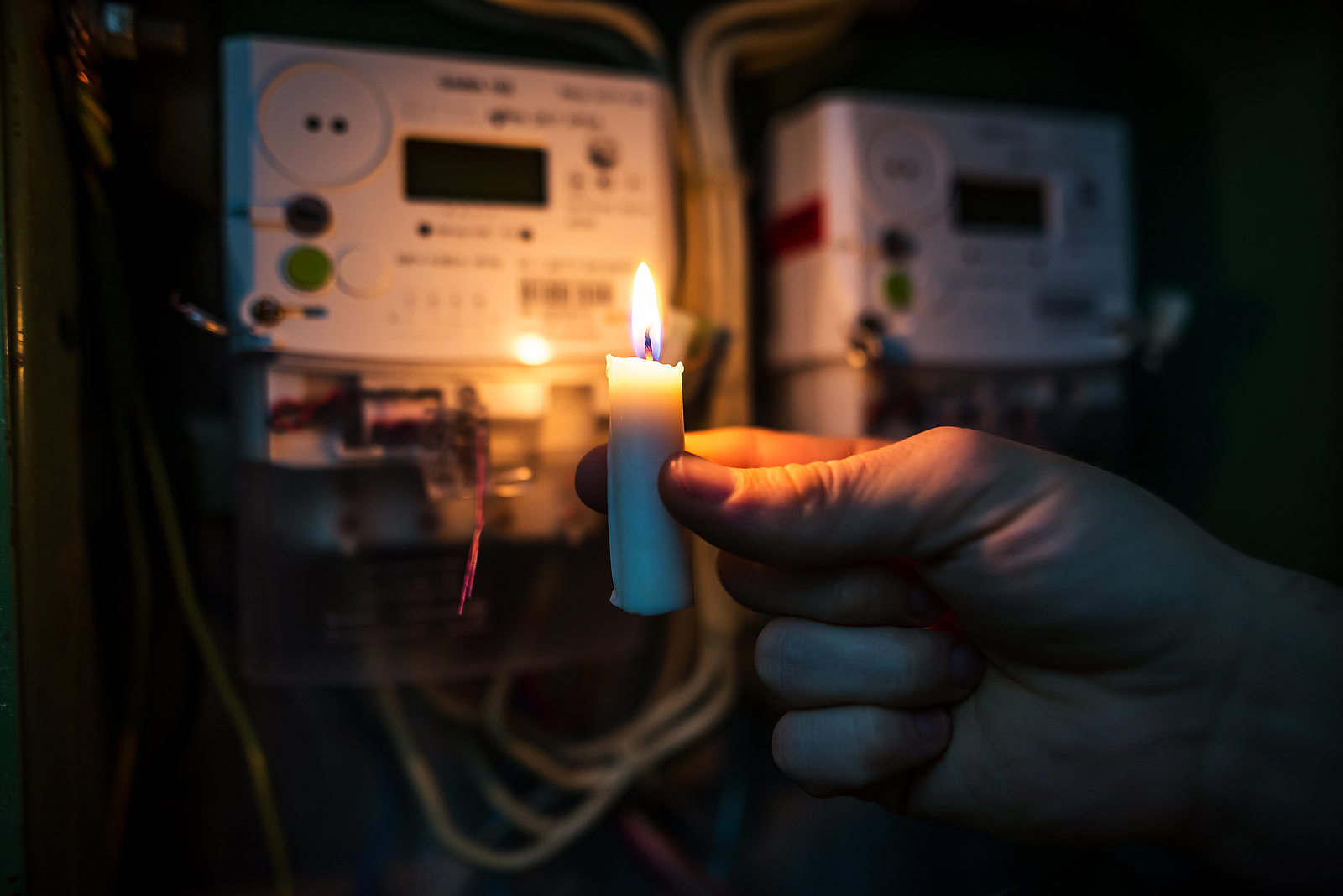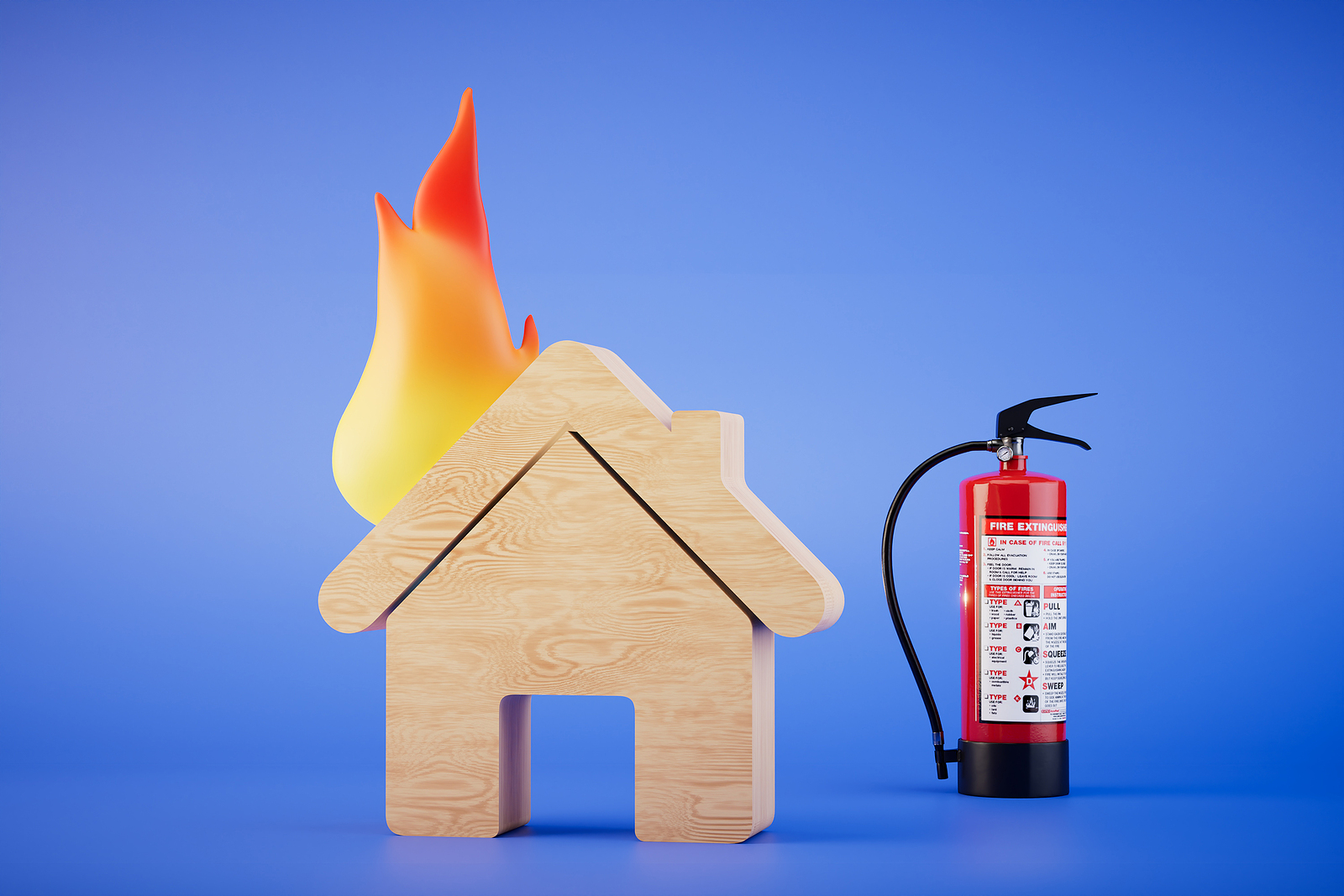Here we are, smack dab in the middle of storm season and the time when electrical storms are most likely to occur. “About 25 million cloud-to-ground lightning strikes occur in the United States each year,” according to the National Weather Service.
These lightning strikes resulted in 51 fatalities, on average. This is why they call lightning “The Underrated Killer.”
It’s time to take it seriously and learn what to do, from the experts, during a thunderstorm.
Protect electronics
With the advances in technology, we’ve come a long way from the days of looking at the sky to determine if a storm is coming. Today, we often learn days ahead of a coming hurricane or tropical storm.
As it looms closer, however, we have work to do. First, if you lack a whole-home surge protector, buy one now.
Otherwise, unplug your electronics, such as televisions, computers, routers, etc. Why?
“… an average [lightning] stroke carries about 30 million volts,” according to the experts at StrikeCheck. Our electronics are accustomed to receiving 120 or 240 volts.
This excess voltage, when it hits a tree, power line or other structure, then travels to nearby homes (plural, if they are connected).
Back to that surge protector we mentioned earlier. There are two types, according to the editors at Dell.com. The most common device contains a metal oxide varistor (MOV) which absorbs all that overflow of voltage and redirects it to the ground.

The second type of surge protector contains a gas discharge arrestor (GDR), which is a bit harder to describe. Check out the description at Dell.com. Both, by the way, work just as effectively.
And, no, that power strip is not a surge protector. You’ll need one surge protector for each device you are going to protect.
When shopping for surge protectors, “… check the joule rating, which tells you how much energy the surge protector can absorb before it fails … The higher the rating, the better,” according to the editors at Progressive.com.
They go on to caution that we should “Avoid joule ratings under 1,000.”
OK, so there was no strike, but you lost power
This is another situation you should get out in front of. Do you know anything about your home’s circuit breakers? Do you know where they are located, for instance? What it looks like when a breaker is tripped?
The first step is to locate the box, which is typically on an exterior wall, near the garage, but not always.

Open the box. Are the breakers labeled as to which breaker controls which circuit? You may see a numbered list on the interior of the box’s door. The number typically refers to the circuit breaker (they are numbered, if you look closely) and which circuit it controls is typically written next to the number.
If the power goes out during an electric storm, you will need this information to determine if a circuit breaker was tripped or if the problem is more extensive, such as at the substation, with the transformers or because of downed power lines.
You’ll find a walkthrough of how to reset the circuit breakers in this YouTube video.
Do you need backup power?
Backup generators have been all the rage in the past few years and, if there is someone who uses medical equipment in the home, a generator may be a lifesaver during an outage.
At the very least, a generator will run essential appliances, such as the refrigerator. “A generator with 2000 watts of power will be sufficient to operate the freezer and refrigerator without any difficulties,” according to Erik Watson at PowerAll.
When lightning strikes your house
“It may start a fire. In some cases, the fire may start in areas that aren’t immediately obvious, such as in your attic insulation,” according to the pros at PennyElectric.com.

They go on to say that, to avoid being electrocuted, you should not use a landline phone during an electrical storm. Other ways to protect yourself include:
- Avoid using a desktop computer (you unplugged it, right?). Use a tablet or laptop instead.
- Avoid bathing (shower or bath) or swimming in a pool during an electrical storm.
- Stay away from any windows that have metal frames.
It may be tempting to leave the home, but it’s not wise unless you are in danger, such as a fire or even if you smell smoke. “You are safer in your house in the center of a room than outdoors,” say the folks at Penny Electric.
Do call the fire department as soon as possible if lightning strikes your home. They will come out and look for fire in areas of the home not visible to you.
While severe electrical storms can occur any month of the year “September is the month during which most storms strike the U.S.,” according to research from NOAA’s Atlantic Oceanographic and Meteorological Laboratory.
Stay safe this storm season!

